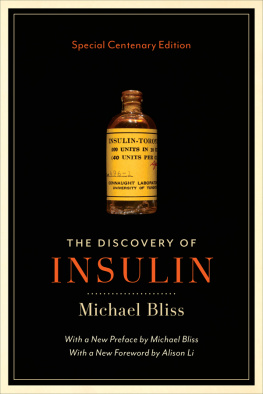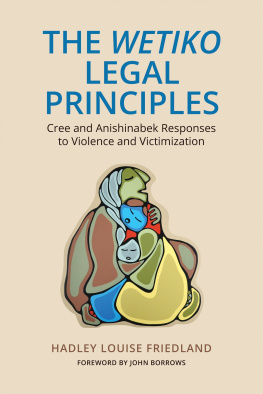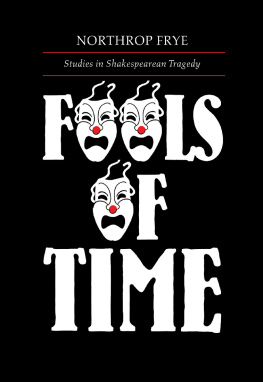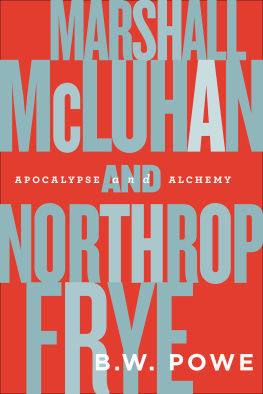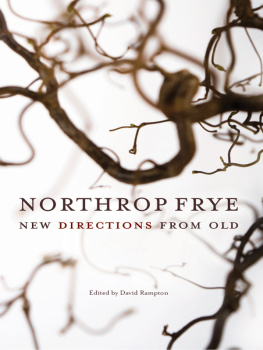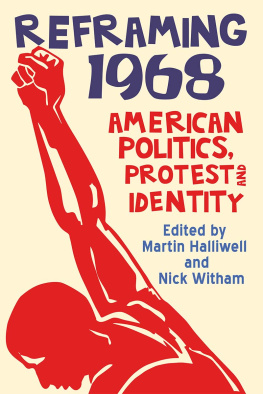THE UNIVERSITY OF TORONTO
A HISTORY
Second Edition
THE UNIVERSITY OF TORONTO
A HISTORY
Second Edition
MARTIN L. FRIEDLAND
University of Toronto Press 2013
Toronto Buffalo London
www.utppublishing.com
Printed in Canada
First edition published in hardcover 2002
ISBN 978-1-4426-4800-5 (cloth)
ISBN 978-1-4426-1536-6 (paper)

Printed on acid-free paper
Publication cataloguing information is available from Library and Archives Canada.
University of Toronto Press acknowledges the financial assistance to its publishing program of the Canada Council for the Arts and the Ontario Arts Council.
University of Toronto Press acknowledges the financial support of the Government of Canada through the Canada Book Fund for its publishing activities.
CONTENTS
INTRODUCTION
The University of Toronto: The Past Decade
When I was asked to prepare a new introduction to this edition of The University of Toronto: A History, bringing the story up to date, I thought the task would be relatively easy. The book came out in 2002 on the 175th anniversary of the founding of Kings College, the predecessor of the University of Toronto. How much could have happened in the next ten years? As it turns out, the University of Toronto today is a far different institution than it was ten years ago. I knew there had been changes, but had not realized how extensive they were. There has been enormous growth on all three campuses in the number of students, particularly graduate students; new programs and course offerings; new buildings; and funding for research. The growth at the University of Toronto Scarborough to the east and the University of Toronto Mississauga to the west is particularly striking. When the book was published in 2002 there were about 50,000 students on the three campuses. Today, there are about 80,000.
How should I tell the story of this growth? Chronologically? Thematically? Perhaps another walk through the campus as I did in the epilogue to the earlier edition might work. In the epilogue I walked through the St George campus on the last day of the millennium and reflected on various aspects of the University. I could repeat that walk and comment on the changes that had taken place since 2002. That walk did not include all three campuses. This time it would. I would start with the St George campus.
University Avenue and College Street: Medicine and Related Sciences
It is a dull foggy morning in early October, with a hint of possible rain. I follow the same route that I took in the epilogue, walking up University Avenue and pausing at the corner of University Avenue and College Street. The surroundings at that intersection have been transformed since 2002. At that time, there were glass greenhouses where the new Leslie L. Dan Pharmacy Building now stands at the northwest corner. The Terrence Donnelly Centre for Cellular and Biomolecular Research to the west of the pharmacy building was simply Taddle Creek Road, used as a truck delivery route to the Medical Sciences Building. The University did not at the time own the former board of education building on the south side of College Street, now the Health Sciences Building. And the massive MaRS Centre complex on the southeast corner and beyond was not even mentioned as a possibility in the earlier edition of the book. The intersection of University Avenue and College Street was then a relatively tranquil corner, not the centre of todays dynamic Discovery District.
Other University buildings further south were acquired in the past decade. In 2003 the University purchased and renovated a twenty-three-storey hotel on Chestnut Street, just north of City Hall. That residence, which now accommodates over 1,000 students, was part of a move throughout the University in the past decade to help accommodate students who wanted to live in residence. To improve the student experience, the University had pledged in 1999 that any first year applicant who wanted to be in residence would find a place. Residences also opened at New College, St Michaels College, University College, and Woodsworth College. Another site acquired by the University was a building on the west side of University Avenue, just north of Dundas Street, for the rehabilitation science sector and other divisions of the faculty of medicine. The University of Toronto, like New York University, flows into the city and the city flows through the campus. It is often difficult to tell where the University ends, with its many buildings south of College Street and north of Bloor Street.
Growth is also apparent at the nine fully affiliated teaching hospitals. Although the hospitals are governed separately, they are an integral part of the faculty of medicine, with the staff physicians and scientists, as well as many other health professionals, holding full-time or part-time University appointments. The research activity at all the fully affiliated hospitals has significantly increased. New research wings are now under construction or have recently been opened at St Michaels, Toronto Western (University Health Network), Toronto Rehab, and SickKids hospitals. SickKids new Centre for Research and Learning at Bay and Elm streets by itself adds 750,000 square feet. Mount Sinai has added six floors and Womens College is constructing a major new hospital building. These are just some of the new additions to the teaching hospitals in the downtown core of the city. There are, of course, other major research developments at the other fully affiliated Toronto hospitals: Baycrest, the Centre for Addiction and Mental Health, Holland Bloorview Kids Rehab, and Sunnybrook.
The faculty of medicine is at the centre of this activity. It helps to coordinate and integrate the research efforts at the hospitals, and at its own research facilities at the Medical Sciences Building, the new Donnelly Centre, the Health Sciences Building, and other locations. Working together, states Dean of Medicine Catharine Whiteside, now in her second term as dean, we are delivering the innovative and interdisciplinary research, teaching and patient care that other universities, and other countries, are striving to create.
The annual direct cost of research in the medical faculty, including the teaching hospitals, approaches $1 billion a year. This amount, which includes operating funds from all sources as well as infrastructure investments, is about triple the cost from a decade earlier. Medicine has about 3,000 full-time faculty and well over 3,000 part-time clinical faculty. The University of Toronto is third in the world only to Harvard and Johns Hopkins in the publication of medical research. Edward Shorters forthcoming book on the history of medicine at the University of Toronto is appropriately entitled Partnership for Excellence: Medicine at the University of Toronto and Academic Hospitals.
There is also a very large number of students: almost 1,000 undergraduate medical students, 3,000 graduate students, 2,000 residents, and 3,000 postdoctoral and MD clinical fellows. The Institute of Medical Science, which offers a thesis-based graduate degree, now has over 500 graduate students, whereas a decade ago there were only about 200. One quarter of all medical specialists in Canada and one third of all family doctors in Ontario did some or all of their training at the University of Toronto. A quarter of all health and biomedical PhDs in Canada received their degrees from Toronto. Medicine at the University of Toronto is a very large enterprise.
Next page

